Kajeng Rice Fields
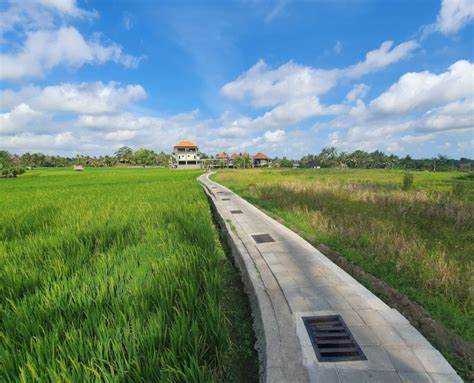
Kajeng Rice Fields. Bali’s lush rice fields are synonymous with the island’s natural and cultural beauty, drawing visitors from around the globe. Among these iconic landscapes, the Kajeng Rice Fields in Ubud offer a more tranquil and intimate experience compared to their better-known counterparts like Tegallalang. This serene retreat, located just steps away from the bustling town center, invites visitors to explore Bali’s agricultural heritage, immerse themselves in nature, and enjoy the calm pace of rural life.
1. Location and Accessibility

The Kajeng Rice Fields are located in Ubud, Bali’s cultural hub, making them easily accessible for both locals and tourists. The trail begins at Jalan Kajeng, a quiet street near Ubud Palace, known for its artistic vibe and charming cafes. As you venture further along Kajeng Road, the urban landscape transitions into picturesque rice fields surrounded by jungle and small villages.
Unlike other rice terraces that may require a long drive, the Kajeng Rice Fields are conveniently situated within walking distance of central Ubud. This proximity allows visitors to seamlessly blend a day of cultural exploration with a peaceful escape into nature.
2. The Kajeng Rice Field Walk
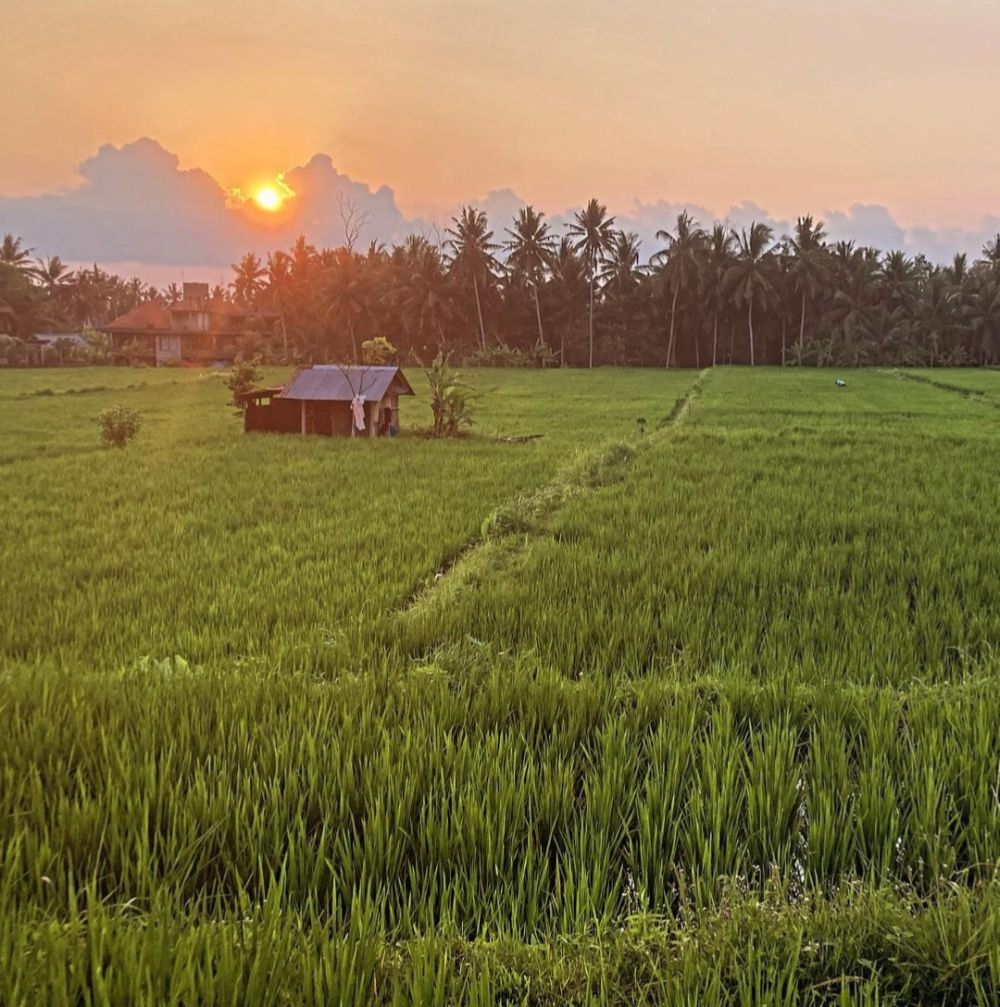
The Kajeng Rice Field Walk is a scenic trail that meanders through the rice paddies, offering breathtaking views of the fields and surrounding countryside. The trail takes about 1-2 hours to complete, depending on your pace and the number of stops you make to soak in the beauty.
What You’ll See Along the Way
- Rice Fields in Action: Witness the daily routines of local farmers tending to their crops, from planting seedlings to harvesting rice. These activities provide an authentic glimpse into Balinese agricultural life.
- Kajeng Stone Path: The path itself is a unique feature, with engraved stones bearing names, messages, and artwork contributed by visitors over the years. This adds a touch of creativity to the journey.
- Traditional Villages: As you walk, you’ll encounter small villages where locals carry out their daily activities, offering a deeper connection to Bali’s rural lifestyle.
- Lush Jungle and Streams: The trail is surrounded by tropical greenery and small water streams that create a refreshing ambiance.
3. Exploring the Rice Fields
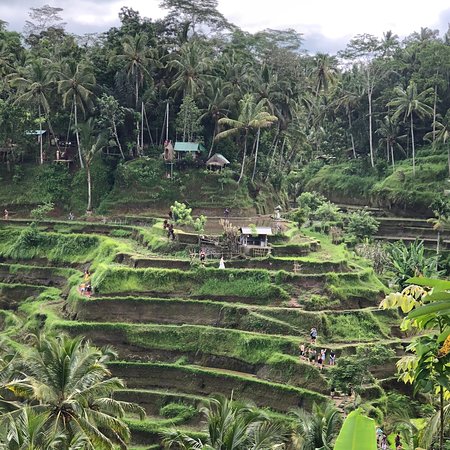
The Kajeng Rice Fields are characterized by their terraced landscapes, created using the traditional Subak irrigation system, a UNESCO-recognized farming method. This cooperative approach to water management reflects the Balinese philosophy of harmony between humans, nature, and spirituality.
Seasonal Beauty
- During the planting season, the fields are filled with water, creating stunning reflections of the sky and surrounding greenery.
- As the rice grows, the paddies transform into vibrant green carpets.
- Harvest time brings golden hues, adding a new dimension of beauty to the landscape.
The ever-changing scenery ensures that no two visits to the Kajeng Rice Fields are the same, making it a destination worth revisiting.
4. Activities at Kajeng Rice Fields
Photography
The rice fields are a photographer’s dream, offering countless opportunities to capture the interplay of light, water, and greenery. Sunrise and sunset are particularly magical times to visit, with soft lighting that enhances the natural beauty.
Nature Walks
The Kajeng Rice Field Walk is perfect for those looking to escape the hustle and bustle of Ubud. The trail’s peaceful atmosphere, combined with the sound of rustling leaves and flowing water, creates a meditative experience.
Cultural Interaction
Visitors can engage with local farmers to learn about traditional rice cultivation techniques and the significance of rice in Balinese culture. These interactions often leave a lasting impression and a deeper appreciation for the island’s heritage.
Relax at Local Cafes
Several small cafes and warungs (local eateries) are located along the trail, offering refreshments and meals with stunning views of the fields. Enjoy a cup of Balinese coffee or fresh coconut water while taking in the serene surroundings.
5. Cultural and Spiritual Significance
The Kajeng Rice Fields are not just a source of sustenance but also a spiritual and cultural landmark for the Balinese people. Rice is considered sacred in Bali, and its cultivation is deeply intertwined with Hindu beliefs. Shrines dedicated to Dewi Sri, the goddess of rice and fertility, can be found throughout the fields, where farmers leave offerings to ensure a bountiful harvest.
The Subak irrigation system, used in the Kajeng Rice Fields, is a reflection of the Balinese commitment to community and harmony. This ancient method, guided by spiritual principles, emphasizes the interconnectedness of people, nature, and the divine.
6. Practical Information for Visitors
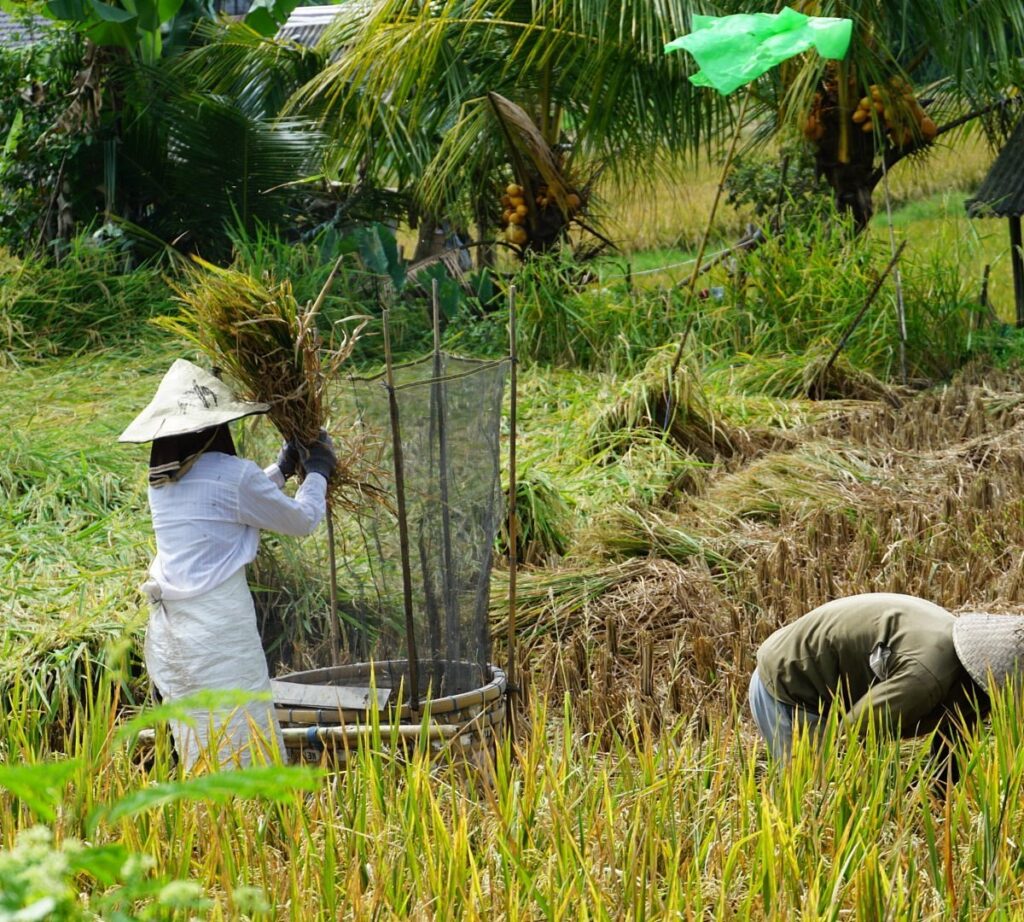
Best Time to Visit
The Kajeng Rice Fields are beautiful year-round, but the early morning or late afternoon offers cooler temperatures and softer lighting. The fields are especially vibrant during the growing season, typically between February and April, and October to December.
What to Bring
- Comfortable walking shoes, as the trail can be uneven and muddy in some areas.
- Sunscreen and a hat to protect against the tropical sun.
- Water and snacks to stay hydrated and energized during the walk.
- A camera or smartphone to capture the stunning views.
Entrance Fee
There is no official entrance fee to visit the Kajeng Rice Fields, though small donations may be requested by locals maintaining the path.
7. Why Visit Kajeng Rice Fields?
Authenticity
Unlike more commercialized rice terraces, the Kajeng Rice Fields offer a quiet and genuine experience. The absence of large crowds allows visitors to connect more deeply with the environment and local culture.
Accessibility
Located within walking distance of central Ubud, the fields are easy to reach and require no extensive planning.
Cultural Insight
The rice fields provide an opportunity to learn about Bali’s agricultural traditions and spiritual practices, offering a holistic view of the island’s way of life.
Natural Beauty
With their vibrant colors, serene atmosphere, and dramatic landscapes, the Kajeng Rice Fields are a haven for nature lovers and photography enthusiasts.
8. Tips for Visiting
- Start Early: Beat the heat and enjoy the tranquility of the fields by starting your walk in the morning.
- Respect the Environment: Avoid littering and stick to the designated paths to preserve the natural beauty of the area.
- Engage with Locals: Take the time to talk to farmers and villagers to gain a deeper understanding of their way of life.
- Combine with Nearby Attractions: Pair your visit with other Ubud highlights, such as Ubud Palace, the Sacred Monkey Forest, or Saraswati Temple.
The Kajeng Rice Fields are a hidden gem that encapsulates the essence of Bali’s natural and cultural beauty. Whether you’re looking for a peaceful retreat, a scenic walk, or an authentic cultural experience, this destination delivers it all. Located just steps away from Ubud’s center, the Kajeng Rice Fields offer a perfect escape for those seeking to immerse themselves in the island’s serene landscapes and timeless traditions. A visit here is sure to leave you refreshed, inspired, and with a deeper appreciation for Bali’s unique heritage.


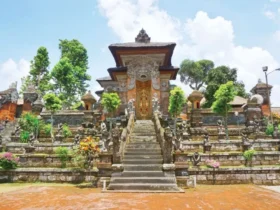
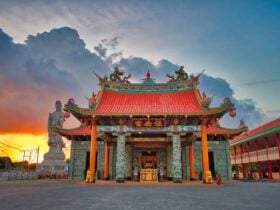
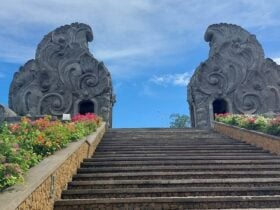
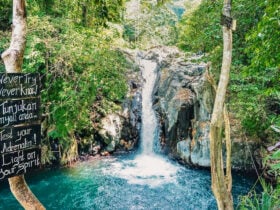
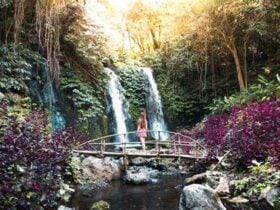


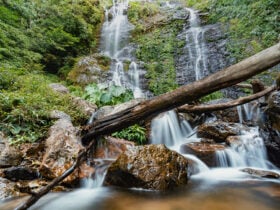
Leave a Review